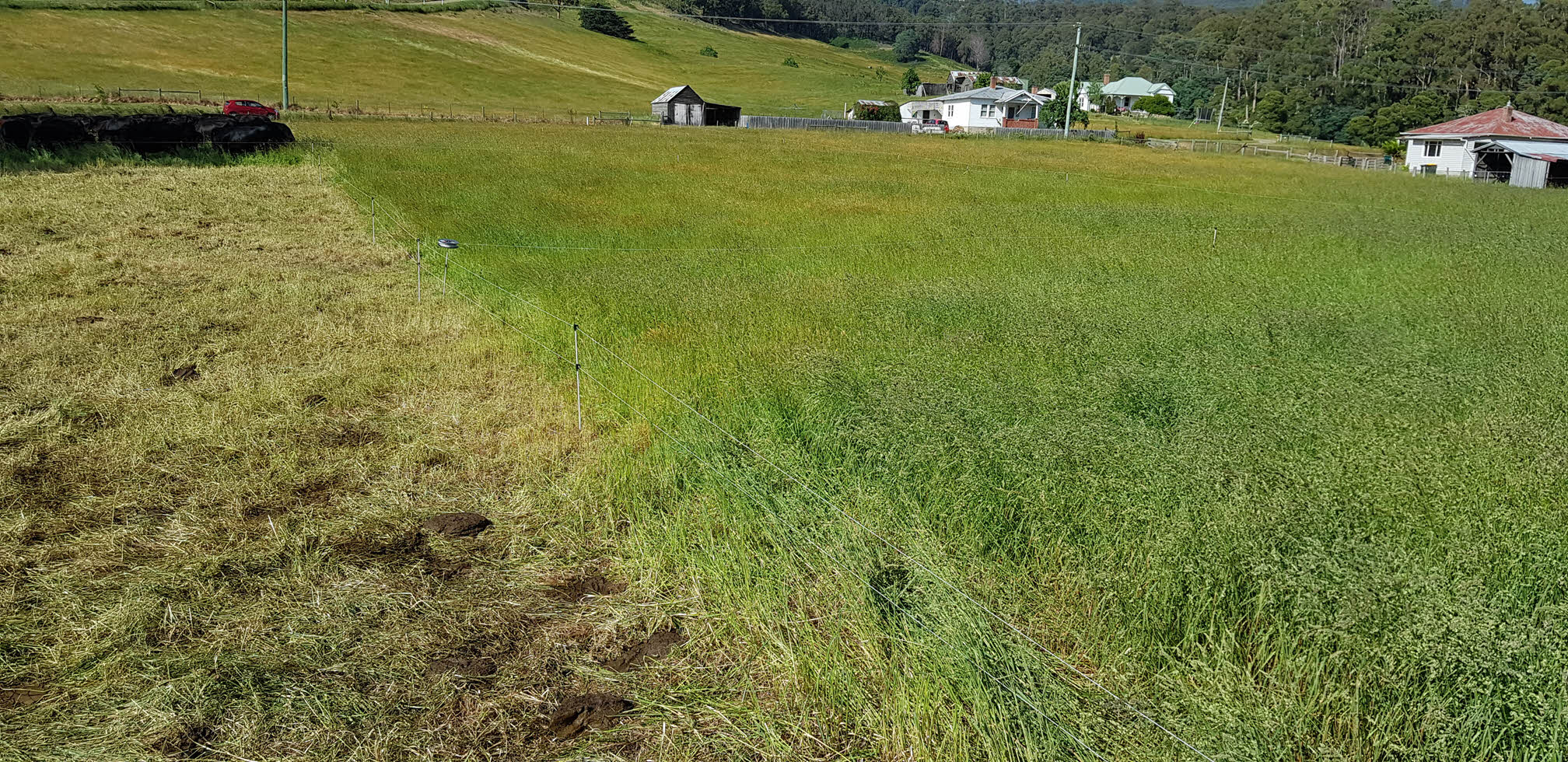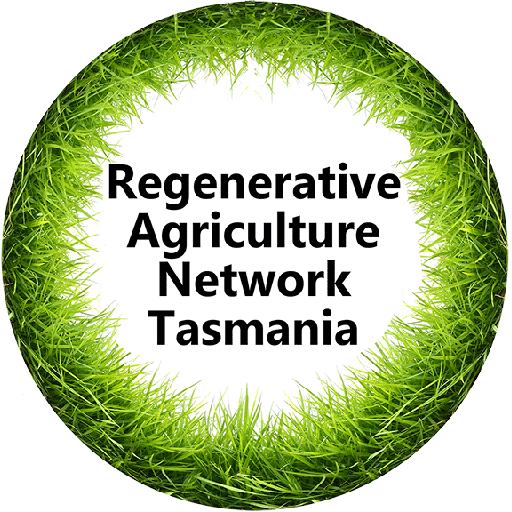
What is Renegerative Agriculture?
And now you may be asking, “what is landscape function?” In this context, we refer to landscape function as the properties of a landscape that work to support and enhance the complexities of an ecosystem. Land that features healthy landscape function has good biodiversity (particularly soil fauna and animals), good natural nutrient cycling, good water infiltration and retention, and good soil structure.
We are implicitly referencing the “Landscape Function Analysis” work of CSIRO/David Tongway whenever we refer to landscape function as a measurable property.
Here’s a more visual explanation of the definition:
Farming practices that have been shown to be regenerative include:
Landscape Function Grazing
This form of grazing management aims to maintain 100% ground cover including decomposing litter, while allowing the perennial grasses to fully recover before grazing. These practices build, rather that erode soil, by effectively composting in situ which enables water to infiltrate the soil and increases nutrient cycling. Increased water and nutrient cycling alone significantly reduces water, feed, animal health and fertiliser costs. Landscape Function Grazing allows enough recovery time for the perennial grasses look like an ungrazed plant and contain fresh yellow litter at the base of the plant.
Regenerative Cropping
A combination of the four practices of no-till, multi species cover crops, diverse crop rotations, and integrated animal impact is the proven method of profitably cropping while regenerating the land. Once again the goal is for 100% ground cover with decomposing litter.
Peer reviewed research has shown that when these four practices are combined, there is an increase in water infiltration, nutrient cycling and availability, a break in pest and disease cycles, and carbon sequestration.
These combined practices are in contrast to conventional cropping where tillage breaks up (pulverizes) soil aggregation and fungal communities, and burns carbon from the soil. Combining herbicides and tillage leaves the ground bare, resulting in soil capping and slaking (soil aggregate collapse) that can block soil spaces for air and water infiltration resulting in excessive water runoff, soil loss and nutrient lock up. Conversely, regenerative cropping enhances soil aggregation, water infiltration and retention, and carbon sequestration.
Integrating livestock into cropping systems rapidly improves soil health. A working example can be seen here:
Grazing Cover Crops and Benefits for Livestock Operations – Gabe Brown
